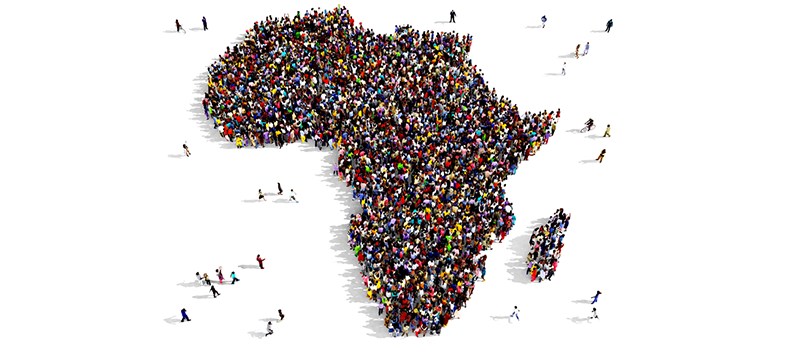1.5 Moving the inclusive growth agenda forward
As you come to the final section of Week 1, you will be taking a brief recap of all the main arguments and issues that you have looked at so far, and will consider the following question: is IG the panacea for addressing the inequalities gap that many hold it to be?
Having learnt about some of the leading conceptual and analytical frameworks, you will revisit your definition of IG from Section 1.1.
The key features of IG are as follows:
- It is a response to a global problem of a deepening divide between the richest and poorest – the growing inequalities gap.
- Poverty-reduction is a core tenet, but there is no single definition of what constitutes poverty and how you measure it. There is also a difference around whether to focus exclusively on lifting the poorest out of poverty, or if poverty-reduction is part of wider growth across all levels of society.
- Current growth models are insufficient for addressing inequalities, which relies on more than economic outputs alone. IG is about more human-centred growth that includes non-income factors such as human capacity development, improving social and welfare services, and strengthening governance and infrastructure.
- Building from the previous point, IG is about a broader developmental agenda that seeks to improve the lives and opportunities of all members of society by fostering greater equality.
Throughout this week, you have seen the problems that come with both defining IG as a normative ideal, and empirically framing and measuring it. Not everyone is enamoured with the notion, however, as you will now see.
Activity 1.7: IG is not progressive
As you read the extract from the paper ‘We need an inclusive economy not inclusive growth’ [Tip: hold Ctrl and click a link to open it in a new tab. (Hide tip)] (Burch and McInroy, 2018), note down their key reasons for why IG is not the solution many claim it to be. Then, ask yourself the following questions:
- Do you agree with all or any particular parts of their argument? Why?
- From what you have read about IG so far, are there any counter arguments to their case?
Discussion
Burch and McInroy argue that IG, as currently conceived, only provides the opportunities it promises once growth has happened; it does not hold up a critical enough lens to how that growth happens. Think back to the Washington Consensus and the liberal roots of IG: Burch and McInroy maintain that it does not go far enough to challenge and reform the foundation of what growth is and the types of policies it prescribes.
In terms of their three arguments, we agree with their first point – you learnt about the fuzziness that surrounds definitions of IG. Second, they maintain a greater need to consider environmental degradation. This is becoming more of a prominent feature as ideas of ‘sustainability’ and ‘green inclusive growth’ gain more traction in academic and policy circles. Finally, it is interesting to note that the issue of no (or negative) growth does not appear in the literature, and raises a very important point that there is perhaps an underlying assumption in thinking that growth is happening.
In terms of a counter-argument, you may have noted other points, but in our opinion Burch and McInroy are perhaps still concentrating on the outcome-centric part of the IG debates and over-looking its process-oriented nature. If process and outcomes can be reconciled in an IG model, this may go some way to overcoming the lack of agency for those historically left out of the growth that these arguments suggest is required.
Activity 1.8: Revisiting your definition of IG
Having expanded your understanding of IG, the key issues and debates, revisit the definition you wrote for Activity 1.1. How has it changed and why?
A perennial problem with IG has been the lack of a unified and comphrensive definition. The MIAG team was conscious of this gap from the outset, and the question of whether and how we boundary our understanding was a core question that was continually revisited over the lifetime of the project. Now that you have looked over some of the key debates and framings around IG, let’s round off the week by watching Video 1.4, in which project lead Professor Giles Mohan talks about what IG has come to mean in MIAG.
Transcript: Video 1.4 What IG is to MIAG.
1.4 Measuring inclusive growth
